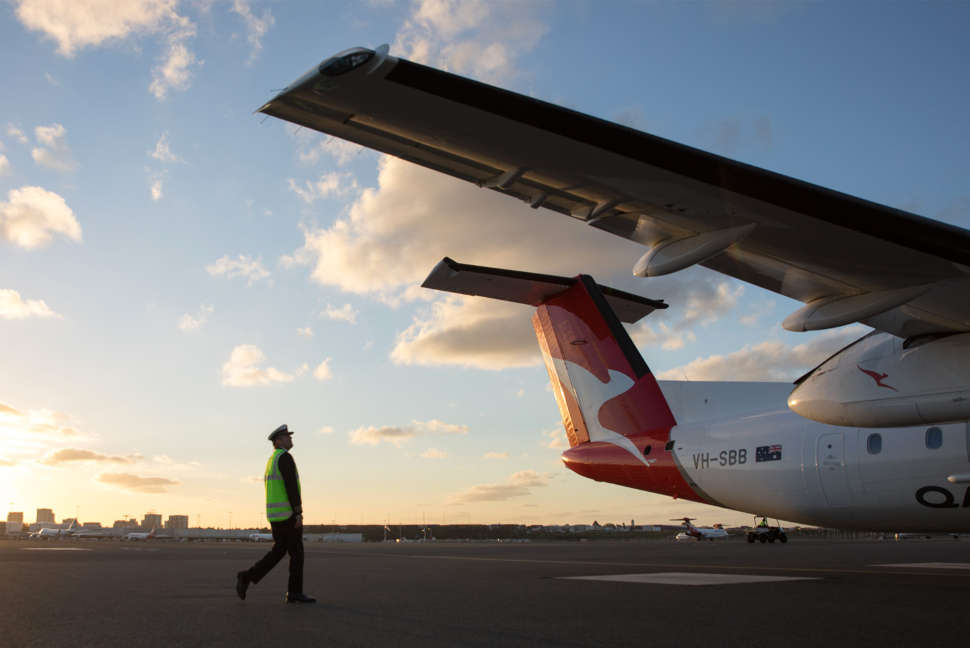Cancer Council, along with the Australian Radiation Protection and Nuclear Safety Agency (ARPANSA), are strongly urging Australians against using aerosol sunscreens for sun protection, after new research into their application efficacy found environmental factors such as wind dramatically lowered the ability of aerosol sunscreen to effectively provide protection against UV radiation.
Results from the 2021 study, Testing Aerosol Sunscreen Products: exploring the impact of wind on the application of sunscreen, found that among the products tested, the proportion of sunscreen lost due to typical wind conditions ranged from 32%-79% for 10 kph and 28-93% for 20 kph wind.
Importantly, the wind velocities of 10 kph and 20 kph used in the study are typically experienced (69-95% of the time) at popular beaches around Australia during 9am-4pm and are considered light and moderate wind conditions.
With such a large proportion of sunscreen lost when applying it via an aerosol spray, a person would need to spray an aerosol sunscreen in some cases for up to 250 seconds per limb to achieve the SPF protection as labelled on the product.
Head of SunSmart and Chair of Cancer Council Australias National Skin Cancer Committee, Heather Walker, said the study provided additional evidence as to why aerosol sunscreen manufacturers may be misleading consumers by not informing them of the significant limitations of the product to provide effective UV protection.
Cancer Council welcomes the Therapeutic Goods Associations (TGA) recent announcement of a review into the efficacy of aerosol sunscreens which comes after Cancer Council and ARPANSA published a 2020 report which showed how difficult it can be to achieve the SPF stated on aerosol sunscreens.
Todays study goes further by factoring in typical wind conditions. The study found that four of the five sunscreen products tested would require more than one bottle to provide adequate full body coverage in 20 kph wind conditions. Translated into cost per sunscreen product, the average cost was $42.80, ranging from $9.20 to $90. It was also found that Aussies could be wasting up to 93% of the total aerosol bottle cost when applying aerosol sunscreen in 20 kph wind conditions.
This research shows that consumers are not getting all the information when it comes to aerosol sunscreens, and therefore are unable to make informed decisions about the level of sun protection these sunscreen products can achieve and their cost to provide the protection we know we need in Australias harsh UV environment.
With aerosol sunscreens, it is very difficult to obtain the amount of sunscreen to the body that is necessary to get good UV protection, potentially leaving Australians skin inadequately protected from harmful UV radiation and increasing their skin cancer risk.
Dr Rick Tinker, Director of Assessment and Advice for ARPANSA, warned Australians against using aerosol sunscreens this summer.
We strongly urge Australians to use sunscreen lotions and creams instead of aerosols, as they provide easier application, more coverage, and longer-lasting protection as they are applied straight to the skin and are often rubbed into the skin upon application.
If applied correctly and in combination with other forms of sun protection, sunscreen lotions can lower our melanoma risk, the deadliest form of skin cancer.
Use seven teaspoons of sunscreen for an adult full body application: one teaspoon for each arm and leg, one for the front of the torso, one for the back, and one for the face, neck and ears. Dont forget to use a sunscreen lip product to protect the lips. Sunscreen should be applied 20 minutes before going outside and reapplied every two hours, or more if swimming, sweating or towel-drying, he said.
Cancer Council recommends using all five forms of sun protection when the UV level is 3 or above; Slip on sun protective clothing, Slop on some SPF30+ (or higher) broad-spectrum, water-resistant sunscreen, Slap on a wide-brimmed hat, Seek shade, and Slide on a pair of sunglasses.
For more information visit: www.sunsmart.com.au






